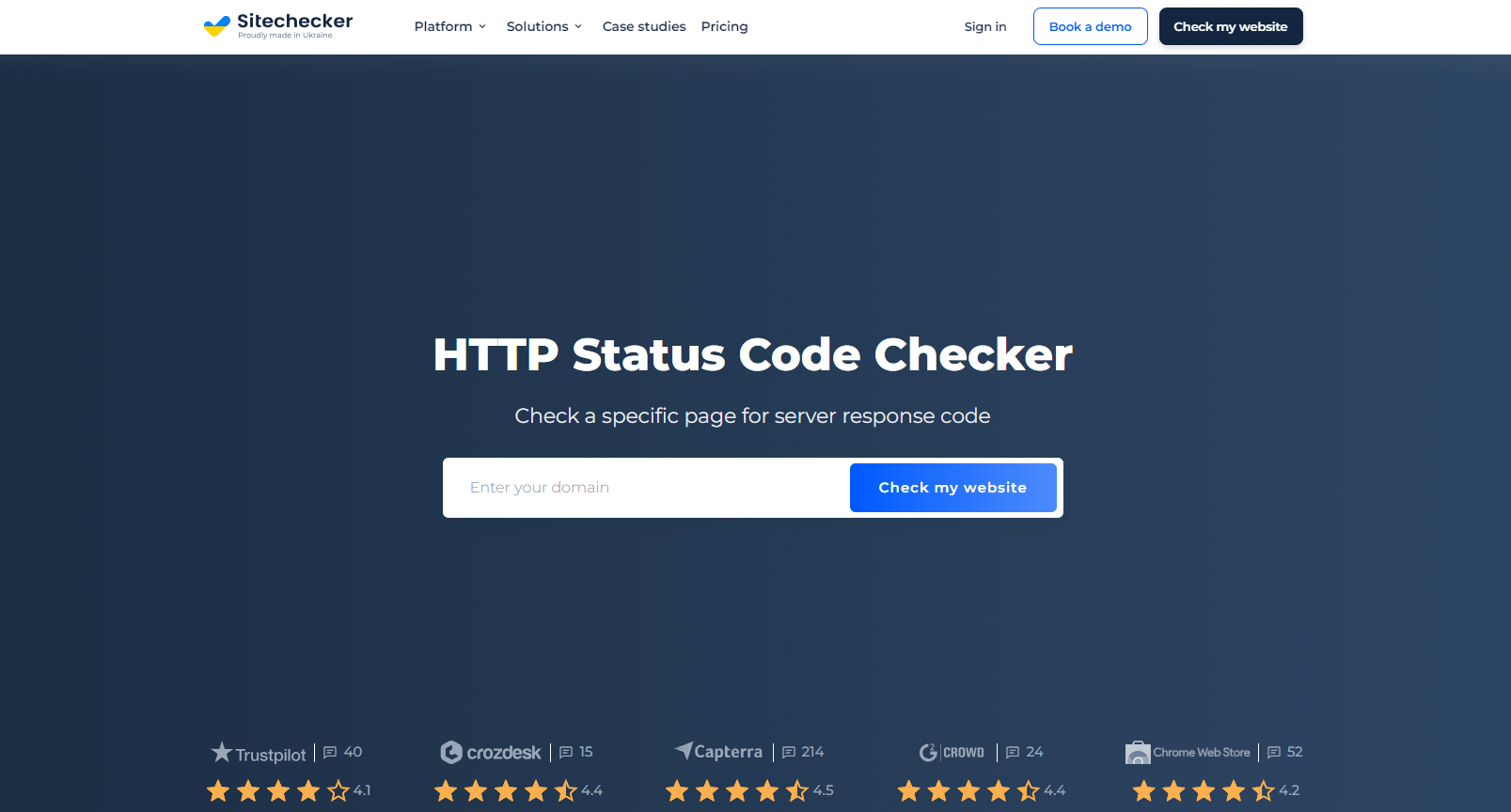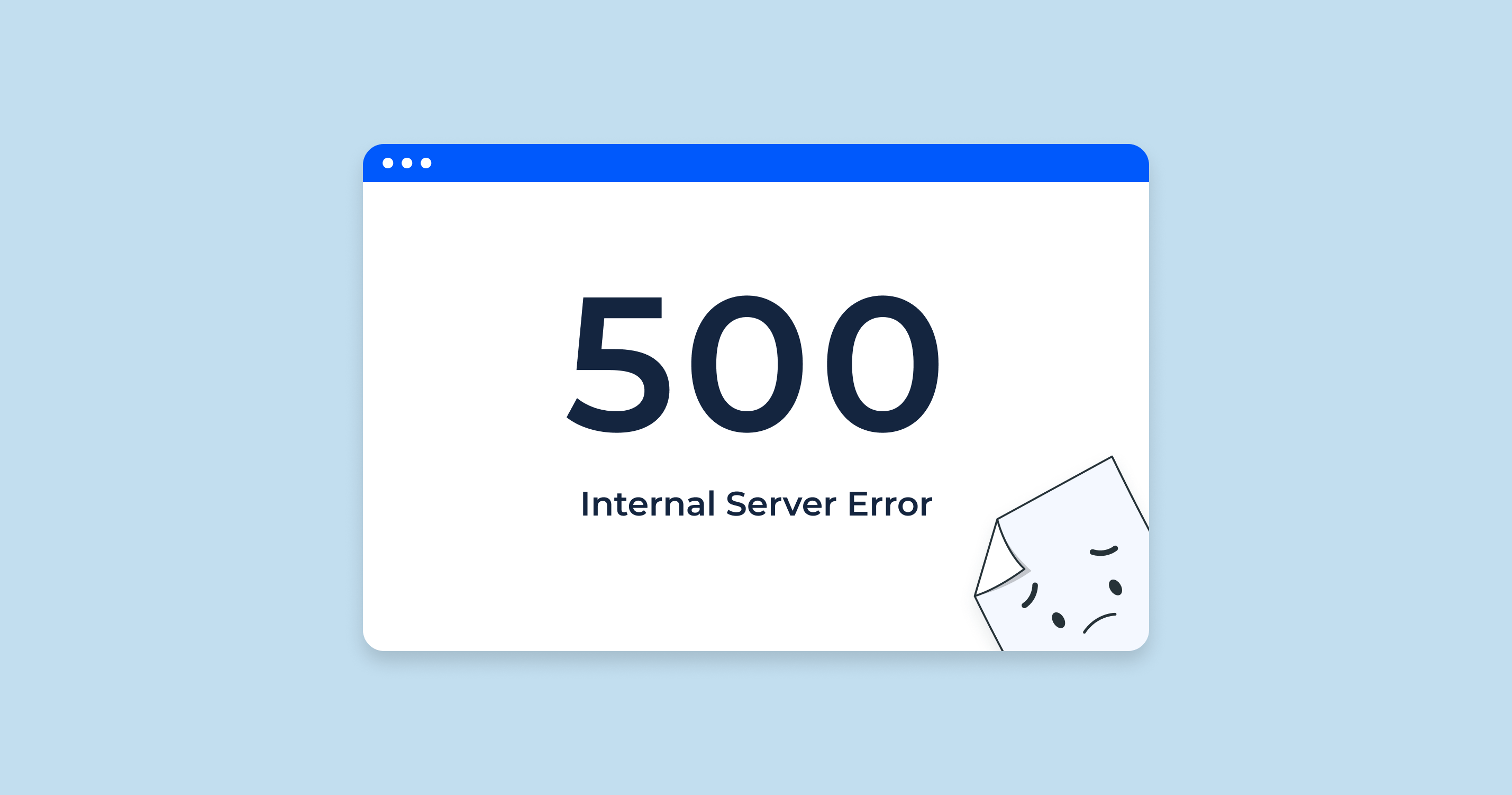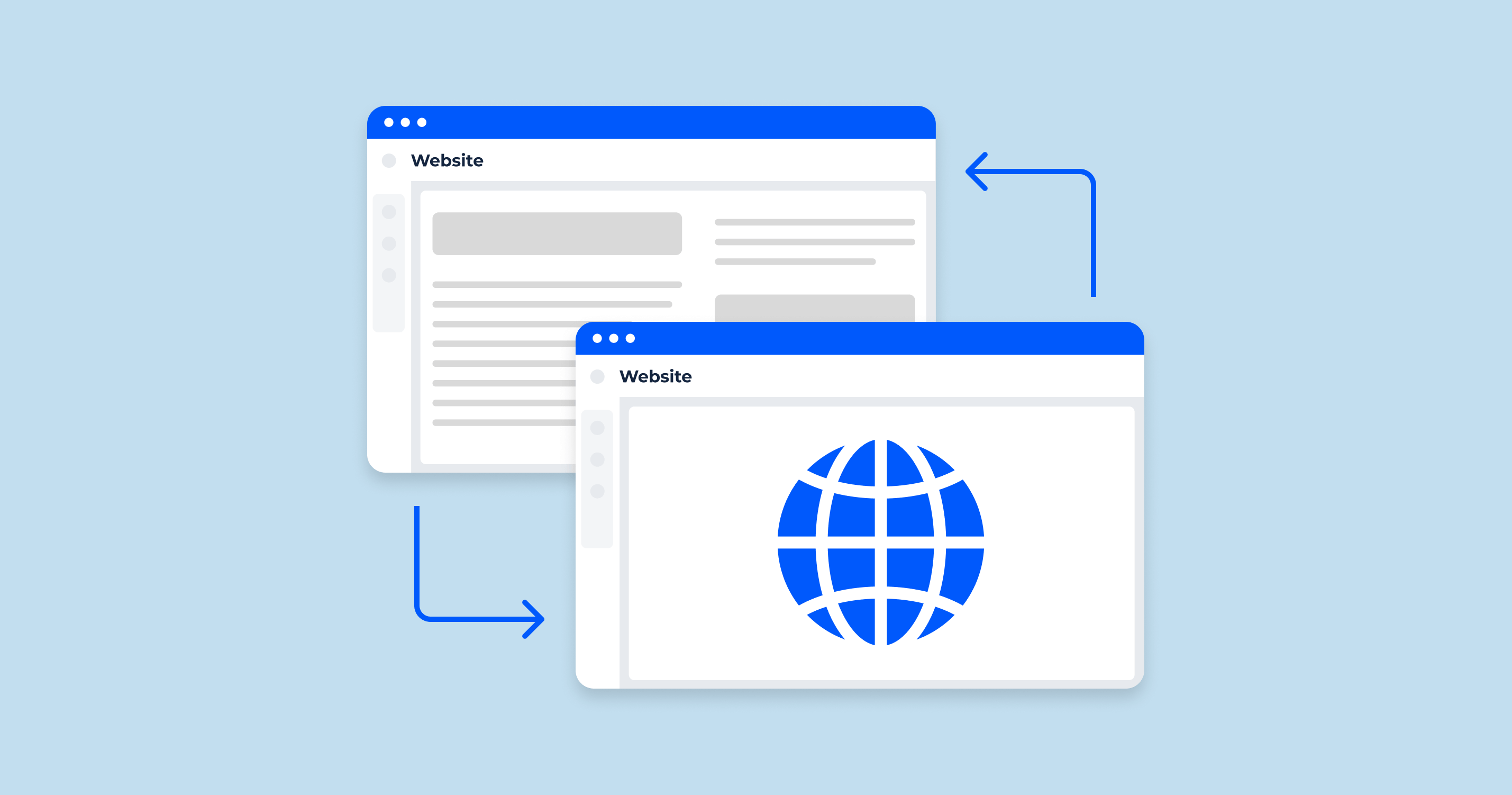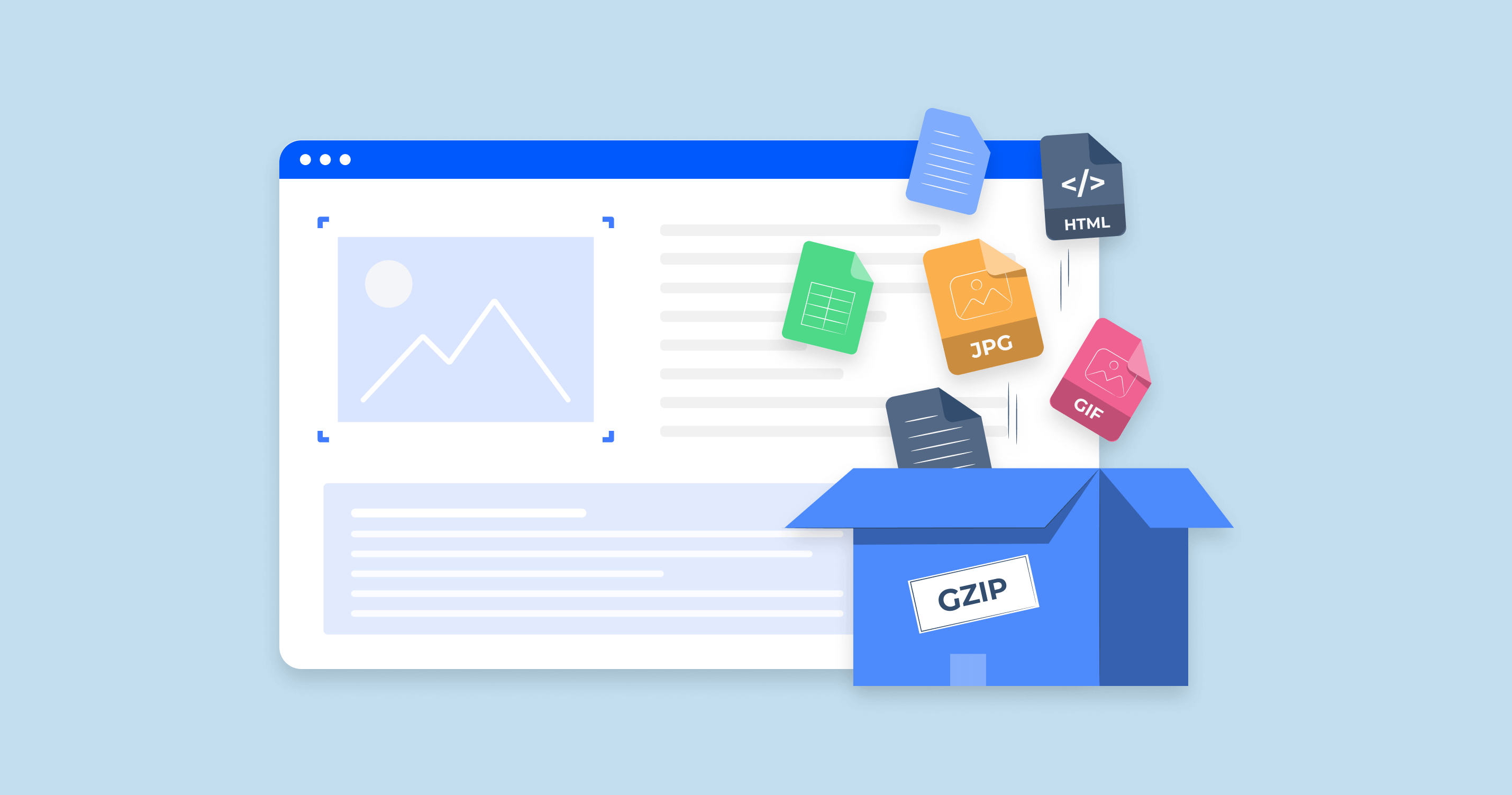What is the 500 Status Code?
HTTP status code 500, also termed as “Internal Server Error,” represents a server-side error, implying that the issue arises from the website’s server and not the user’s computer or internet connectivity. It is a general error message the server generates when it is unable to handle a situation or load the page a user is looking for due to an unexpected condition.
The roots of this unexpected condition can be multifaceted. It might be due to a glitch in the server’s software, such as a bug in a script, complications with the server’s configuration, or even hardware-related issues on the server. When a server stumbles upon a scenario it can’t cope with, it returns a 500 status code.
Typically, web users can’t resolve a 500 error from their end since it’s essentially an issue that resides within the server hosting the webpage. The onus is on the server’s administrator or the website owner to identify and rectify the problems causing the user to be unable to load the page they’re looking for, resulting in a 500.
HTTP Status Code 500 Impact on SEO
From an SEO perspective, status code 500 has direct and indirect implications:
| Crawling & Indexing | Search engine bots, like Googlebot, when encountering repeated 500 status codes, could reduce the crawl rate due to perceived server instability. Moreover, these pages will not be indexed, leading to a potential decrease in the size of your website’s indexed footprint. |
| User Experience (UX) & Bounce Rate | A site plagued with 500 errors will likely see an increase in bounce rate as users can’t access the desired content. High bounce rates are generally interpreted as negative user signals by search engines, which can further dampen your organic rankings. |
| Site Reliability & Authority | Frequent 500 errors can hurt your website’s reliability and reputation, not just with users but also with search engines. This can have a cascading effect on your site’s organic visibility and click-through rates (CTR). |
| Organic Traffic & Engagement Metrics | Lower visibility in SERPs and reduced CTR can result in less organic traffic. This, in turn, can influence engagement metrics such as time on site, pages per session, and others – factors that search engines consider as ranking signals. |
Thus, managing 500 errors promptly and efficiently is vital for maintaining your site’s SEO performance. Regularly auditing your server logs, setting up error alerts, and employing server monitoring tools can help stay ahead of these issues.
500 Status Code Common Reasons and How to Fix Them
Maintaining website health is paramount. HTTP 500 errors can detrimentally affect crawlability and UX, impacting SERP rankings. Let’s discuss some causes and fixes:
1. Misconfigured .htaccess
The .htaccess file is often used to specify the security restrictions for the directory in which it is placed. Incorrect syntax or misconfiguration in this file can lead to a 500 error.
2. Faulty PHP Scripting
A common cause of 500 errors, particularly on websites that use PHP, is a faulty PHP script. This can be due to plugins, themes, or custom code.
3. Server Resource Limits
If your website is exceeding the server’s resource limits, you might face 500 errors. This often happens with shared hosting, where resources like memory or processing power are limited.
4. File and Folder Permissions
Incorrect file and folder permissions can also result in a 500. This usually happens when permissions are too strict, preventing the server from reading files or directories.
5. Problems with .htaccess directives
Misconfiguration or erroneous directives in your .htaccess file can also lead to 500 errors.
Just as with broken links, monitoring your website regularly for these common issues can help keep 500 errors at bay and maintain your website’s SEO performance. Tools like Google Search Console and other specialized website monitoring tools can be of great help.
HTTP Status Code Checker Tool for Identifying HTTP 500 Errors

SiteChecker Pro’s HTTP Status Code Checker is an efficient tool for detecting HTTP 500 errors. By simply inputting your website URL, the tool systematically scans your site like a crawler, highlighting pages with server-side issues that result in 500 errors.
The tool provides an all-encompassing analysis, scanning both internal and external links. It produces detailed reports of all encountered status codes, aiding in swift and effective troubleshooting. This insight allows SEO managers to focus on resolving issues that could significantly impact the site’s visibility and functionality.
Incorporating SiteChecker Pro into regular website audits allows you to identify and rectify HTTP 500 errors proactively. It supports the preservation of a crawlable, user-friendly site, upholding your SEO performance.
Conclusion
HTTP status code 500, or “Internal Server Error,” signals a generic error on the server side that prevents a page from loading. Recurring 500 errors can harm SEO, impacting crawl rates, bounce rates, site reliability, and organic traffic. Common triggers include .htaccess misconfigurations, faulty PHP scripts, server resource overuse, and improper file permissions. Regular monitoring, server audits, and tools like SiteChecker Pro’s HTTP Status Code Checker help identify and fix these errors, ensuring website health and sustaining SEO performance.




